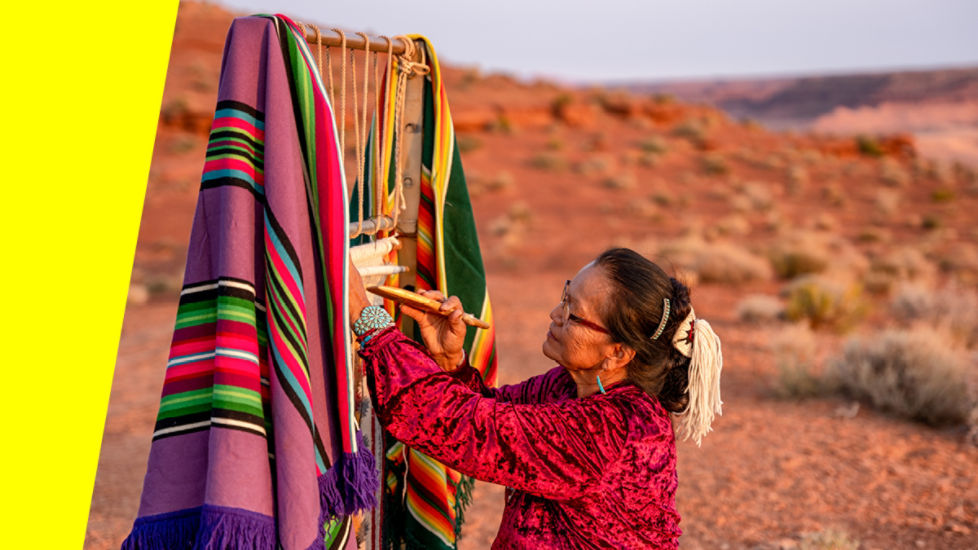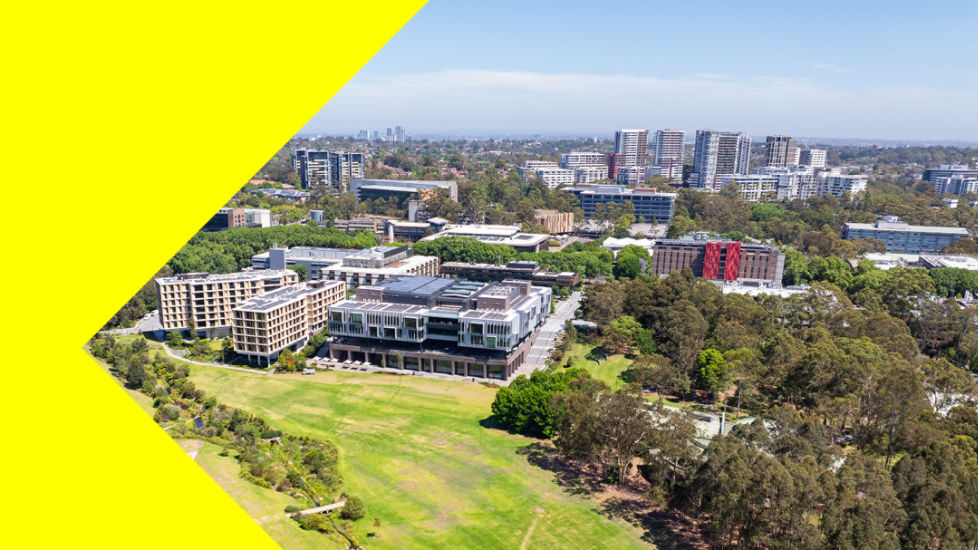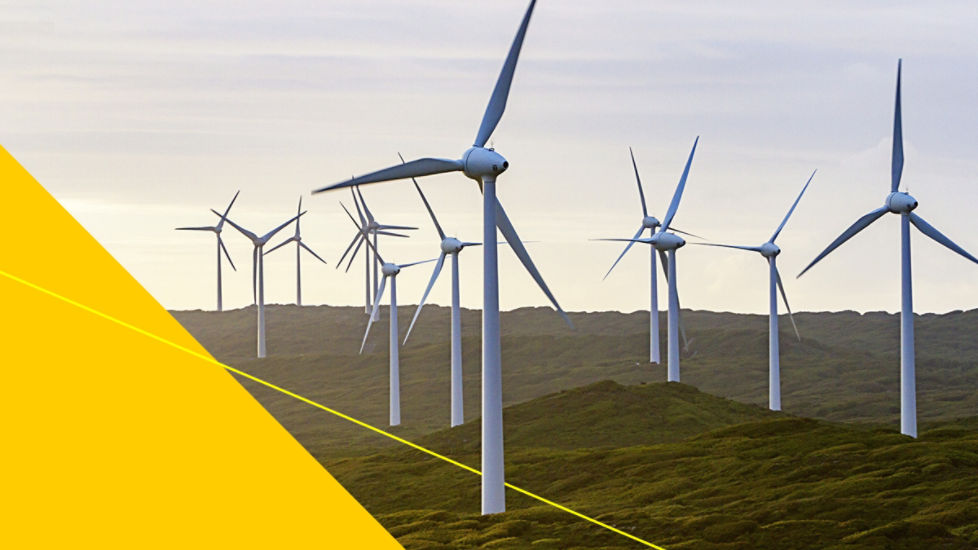Key points
- Carbon emissions must significantly reduce and the market in high-quality carbon credits must quickly scale up if industries and governments are to reach ambitious reduction targets.
- Using reliable standards for carbon credits acts as a guide to businesses seeking to take advantage of these opportunities.
- Education is also essential. There are excellent opportunities to use Australia’s land and resources to provide quality carbon credits, but people need to understand what’s involved and how it can create value.
Reaching net-zero carbon emissions by 2050 is going to take a collaborative effort from all of us. While the ideal would be to produce absolutely no emissions, it’s not feasible, said Elisa de Wit, a Director of think tank Beyond Zero Emissions and head of the climate change practice at international legal firm Norton Rose Fulbright.
Speaking at CommBank’s recent Momentum conference on sustainability, de Wit added: “What we’ll end up with in 2050 is a residual amount of emissions that we haven’t been able to remove out of the economy.”
Offsetting those emissions will involve funding projects that take carbon out of the atmosphere through sequestration and carbon removal. That could include reforestation, increasing soil carbon, or reducing methane emissions from landfills and livestock. Looking to the future, it could also involve technology that eliminates carbon from the atmosphere.
Promoting climate positive solutions
Companies are already funding these sorts of projects through the carbon market. In simple terms, businesses buy carbon credits in projects that reduce carbon, offsetting the emissions their own business produces.
As the world transitions to net zero, the appetite for carbon credits is set to explode. McKinsey has forecast demand for carbon credits will be at least 15 times current levels by 20301. The Carbon Market Institute has reported that 7% of global demand for carbon offsets by 20302 can be met by projects in Australia.
“We need corporates to take urgent action right now,” said Mikkel Larsen, the CEO of Climate Impact X (CIX), a global exchange for high-quality carbon credits. “That includes preserving some of the priceless carbon sinks that we have in place right now, including forestry, mangroves and soil solutions.”
But there are challenges. The first is the significant difference in price points for different types of carbon credits. There are carbon removal credits – for reforestation, for example – that have a long duration and can be significantly more expensive than short-term alternatives.
We need a combination of solutions that allows both for preservation of these natural sinks but also spur innovation in new technology solutions and that business can afford to pay, Larsen said.
The other challenge is understanding the make-up of some credits and the actual value they’re providing.
Sarah Costello is Head of Origination for Viridios Capital, which allocates investment capital to finance new carbon abatement projects.
"It is important to tell the story behind carbon projects and importantly, quantify the associated co-benefits and the value and impact of the (UN’s) Sustainable Development Goal contributions attached to a project.” She said
"The projects that we deliver and partner with overseas can have an element of intangibility (for investors) - but have an enormously beneficial impact on the environment and the communities that they support. For an investor that can be challenging to invest in however by educating and bringing transparency to our clients, we are enabling and empowering more informed decisions.”
Costello emphasises the importance of using reliable standards to bring integrity and transparency to the carbon market.
At the moment in the carbon market there are voluntary standards, including the Gold Standard for Global Goals3 and Verra’s Verified Carbon Standard4. There are also more compliance-based standards, such as those used by the Australian government’s Emissions Reduction Fund5 which purchases carbon credit units.
“I find that when we go through the process of bringing transparency to our clients to enable them to make those right investment decisions, there’s this education piece about the difference between the standards,” she said.
She also points to the need for a trusted carbon registry to track the ownership and retirement of carbon credits.
Building partnerships
Australia is in a unique position to build partnerships between businesses, investors and land owners to push decarbonisation at a large scale, said Alex Toone, CommBank’s Executive General Manager, Commodities, Trade and Carbon.
“We have unique land resources, coastal resources, and human resources,” Toone said. “We’re an entrepreneurial country. We love competing.”
So, what is holding Australia back? One hurdle is a lack of understanding on how to get involved.
“We need to inspire, we need to educate, and we need a clear pathway forward to help people understand the process,” said Robert Mackenzie, whose family business, Macka’s, raises Angus beef cattle sustainably on farms near Gloucester and Port Stephens in NSW.
Mackenzie said that there is interest in making agriculture a key provider of carbon credits. “But we still don’t have a clear pathway forward on how we become carbon neutral.”
Scaling different carbon capture methods needs to happen quickly and that is going to require legislative support, added de Wit.
“We have a huge opportunity to generate credits off the land either through agricultural activities or using our land mass. There is a huge opportunity in the future – as long as we can get the underlying framework and the rules right,” she said.
Our carbon credit experts
Alex Toone is CommBank’s Executive General Manager, Commodities, Trade and Carbon. He has more than 20 years’ experience across global carbon and commodity derivatives markets. Before joining CBA in 2012, Alex had global leadership roles in Commodities at Credit Suisse and Barclays Capital, based in London, Zurich, Singapore and Sydney. Alex has a degree in History from Trinity College, Dublin.
Elisa de Wit is a partner in the Melbourne office of international legal practice Norton Rose Fulbright. She heads the Australian Climate Change and Sustainability practice and the global Carbon Markets practice. Elisa is considered one of Australia’s leading climate change lawyers and advises clients on policy, regulation and compliance issues. She is Chair of the Carbon Market Institute, and a director of Beyond Zero Emissions and the Grampians Wimmera Mallee Water Corporation.
Mikkel Larsen is the Chief Executive Officer of Climate Impact X (CIX), a global marketplace and exchange for quality carbon credits, based in Singapore. He is responsible for developing and executing CIX’s vision to scale carbon markets through transparency, integrity and quality, and to bring to the market the next wave of effective carbon sequestration solutions.
Robert Mackenzie is Director, Macka’s Group, which is a fully integrated paddock-to-plate Angus Beef operation, grazing more than 3,500 quality Angus cattle across 6,000 hectares of pastures in the Gloucester and Port Stephens areas of New South Wales. It focuses on sustainable farming, using best practices to look after soils, pastures, and cattle health in a carbon-neutral environment.
Sarah Costello is Head of Origination (APAC) for Viridios Capital where she works with some of Australia’s largest organisations to create nature-based carbon credits to assist them on their decarbonisation journeys. With extensive experience in environmental management, sustainability and carbon offsets, Sarah has a proven track record in originating nature-based solutions and implementing projects across the water, waste, environmental remediation, carbon and ecological restoration industries.




